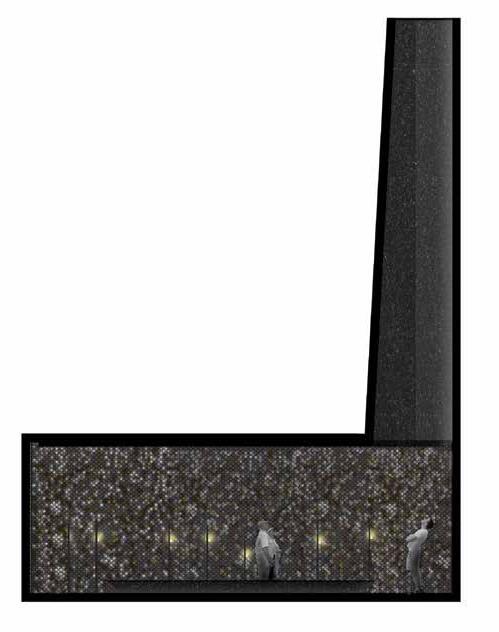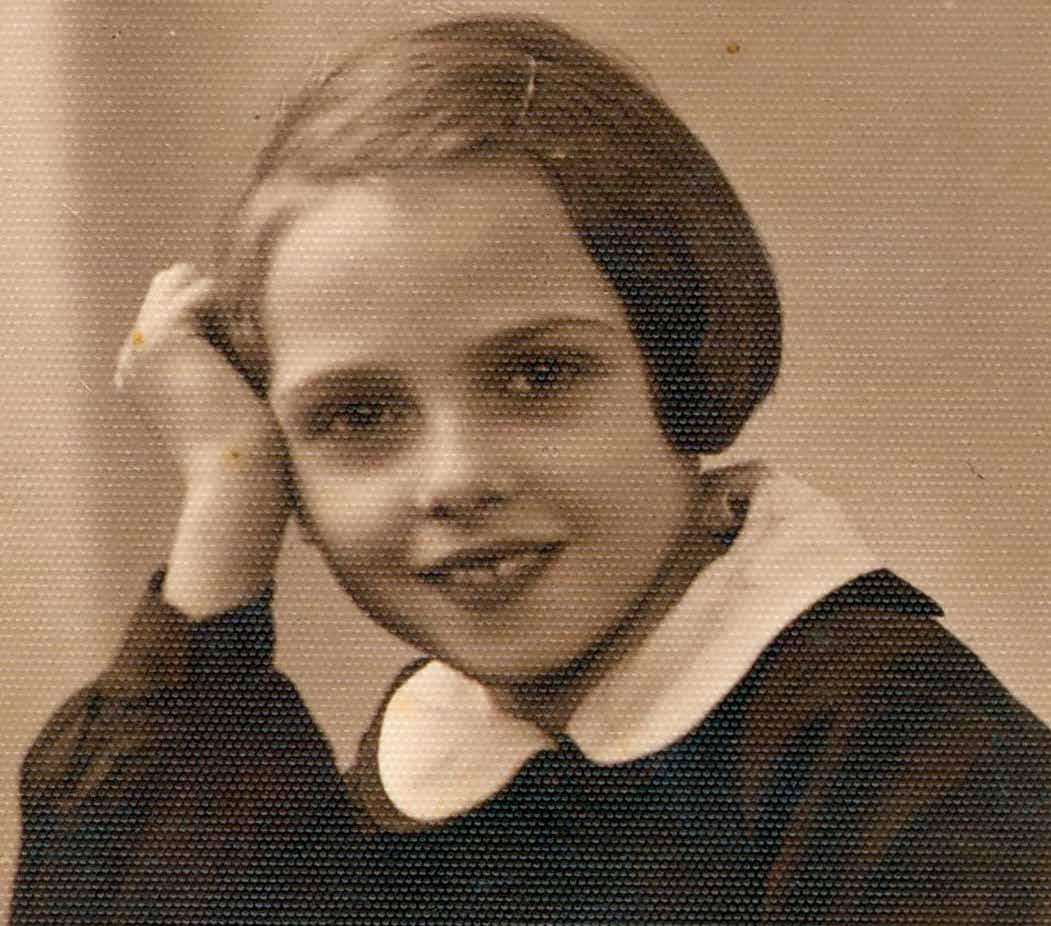
3 minute read
The Memorial Room
by Stephen Jolson
As a third-generation survivor of the Holocaust, I am proud and revere the opportunity I have been given to design the memorial room located within the new Melbourne Holocaust Museum.
Advertisement

Born 27 years after the end of the Second World War, I assume the role of witness of an event that I never experienced myself. I am a thirdgeneration survivor of the Holocaust. am a witness to many witnesses. The design and our time associated with the development and documentation of this memorial space is my gift to this centre, in honour of my grandparents who not only survived the atrocities of the Holocaust, but also had the strength to talk about their experiences and indelibly pass on their legacy through me. Our creative and theoretical response has been nurtured by the generational and emotional buffer I was fortunate to have been given from the actual event. Our proposal celebrates the history of our city which is inseparably linked to the people who live within it.
“Remember the PLACES … they came from or were forced to go”
We deliberately blocked the windows from the inside out. Like the Holocaust, the experience of the memorial room becomes a separate isolated event. Victimisation leads to alienation. The room itself is ostracised from its context and site. The memorial room not only admonishes our capacity to turn a blind eye to the crises that occur, but also celebrates how collective memory has strength to bind our resilience together.
The Star of David is generally recognised as a symbol of modern Jewish existence and Judaism, a representation of our religion. From 1933 onwards Jews were excluded, and the star gradually became an emblem of discrimination. From 1938, the star also became a symbol of fragmentation, as our Jewish heritage shattered, and fragmented across Europe, from the places that they were born, to the camps where they laboured or were murdered.
By lining the walls of the new memorial room with 12 facets, the Star of David becomes a fractured symbol not only of destruction, and the impossibility of reconstruction, but also the extermination of 6 million Jews.
“Remember the CAMPS ... where they laboured or were murdered”
Representing the major death camps will be six highly polished tracks branded individually with the names of the major camps. They will intersect the cities and places, like a bar-graph, depicting the shear quantum of our loss. Made from highly polished black steel, we have created seven lifesize silhouettes, that will be randomly placed around the room, and will resonate their emotional and physical body language, communicating the universal burden of their experiences without words. These seven silhouettes will be made from highly polished steel that will allow us to reflect the faces of our community, the faces of our children and their children, into the mirror-like surface. Perhaps in recognition that if not for time, it could have been us. In our memorial room we use the flame to illuminate the rituals that the Holocaust denied.
“Remember the VICTIMS … use our plaques”
A single solid bronze star will be used as a remembrance plaque to commemorate each family, or family member, dedicated by the survivors and or their families that defied their perpetrators, and were afforded life in a new country, safe from atrocity.
These golden plaques will be grafted indelibly into the memorial room randomly adorning the perimeter walls. Adjacent to these bronze plaques, we will pin thousands of grey-scaled aluminium stars. The sea of grey-scaled stars become the apparitions, figments, outlines of those who did not survive the hellfire. Their memory carried by the wind of their legacy in the generations that followed, and together with the digital flames, breathe colour and hope into memorialisation.

“Sit…CONTEMPLATE”
Across the floor threshold of left & right, we have designed a bench seat.
An inverted triangle, that pivots on the finest line between life and death. Lower in height than usual, is this symbolic enactment of remorse and sadness, or homage to those who were unable to sit the weeklong mourning period in the Jewish religion, for loved ones who perished.
“Write a message … REFLECT”
Cut into the steel-lined walls of the old bay window, is a fine vertical slot that diffuses the perspective to the outside world. It is a singular vertical opening, that enables you to peer through the frames of the old bay window. It is a place to write a message on a golden star. Its design reinforcing a simple message in Hebrew text, ZACHOR, or REMEMBER, which is only legible by looking back, like history, at the shadow cast on across the floor, that will fade with the darkest days, but resonate clearly as the sun shines hope.
“Remember … but most importantly, NEVER FORGET”
In the furthest corner of the room, we have placed a dissected quadrant of the Star of David on the floor. Each handwritten message, or star of hope, will be placed onto this slab of polished stone. They will be
Honour your loved one in the new Melbourne Holocaust Museum memorial room.

For more information please visit mhm.org.au or contact us at donate@mhm.org.au or (03) 9528 1985.






